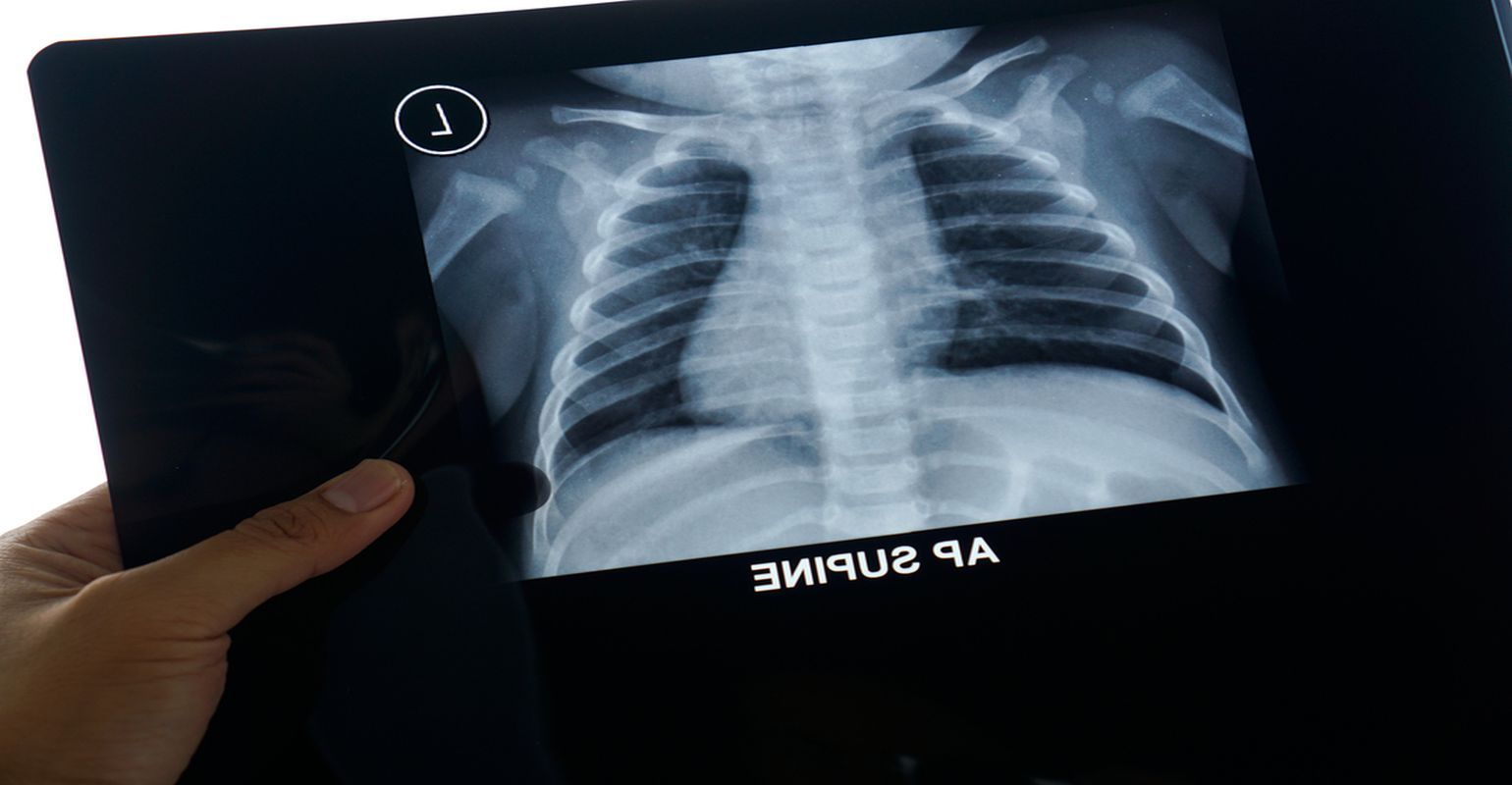X-ray with Ultrasound Can Be Used to Manage Pneumonia in Children
Combining both modalities is an acceptable alternative to MRI, study finds.

Using both chest X-ray and lung ultrasound can be an effective way to manage children who have complex cases of pneumonia. But, MRI still does a better job of identifying some features, new research indicates.
In a study published in PLOS One, a research team from the University Hospital of Heidelberg in Germany led by Dr. Philip Konietzke, looked at whether the efficacy of chest X-ray and lung ultrasound can compare to MRI. They determined X-ray can be an acceptable alternative to other higher-radiation modalities, such as CT, when MRI isn’t an option.
To date, chest X-ray has been the front-line imaging option for evaluating children with pneumonia who don’t respond to treatment. Lung ultrasound can also be an effective imaging method. If patients develop complications, CT becomes a factor, but the increased radiation exposure emerges as a problem with follow-up. Consequently, investigators are pursuing radiation-free options.
“MRI demonstrates to be more sensitive that chest X-ray in detecting abscess and empyema in complicated pneumonia, but it showed no advantages in detecting consolidation and pleural effusion,” Konietzke wrote. “MRI can contribute to a better clinical management of complicated pneumonia in hospitalized children and can, potentially, replace chest CT as a radiation-free modality.”
Despite the clinical advantages, though, providers still face obstacles to using MRI to assess children with pneumonia.
“The availability of MRI scanning time is still limited, and the need for sedation, as well as the administration of contrast media with its possible side-effects has to be considered in non-cooperative young children,” he wrote.
To test whether X-ray and lung ultrasound are feasible alternatives to MRI, Konietzke’s team enrolled 33 children with an average age of approximately 6 years into the study. The group had 33 paired MRI and chest X-ray scans, and 27 patients also received lung ultrasound. For the MRIs, all but three patients received contrast dye.
Researchers, then, compared how well X-ray and ultrasound performed against MRI in identifying the presence and severity of abscesses, consolidation, bronchial wall thickening, mucus plugging, and pleural effusion in pneumonia.
According to the results, MRI substantially outperformed X-ray in identifying pulmonary abscess and necrosis formations – 72.7 percent to 27.3 percent, respectively. MRI also did a better job in identifying bronchial wall thickening (97 percent versus 27.3 percent, respectively,) as well as mucus plugging (66.7 percent versus no detection, respectively). Both modalities were comparable in picking up on consolidation and pleural effusion and empyema.
When investigators added in lung ultrasound, it improved X-ray’s performance in identifying abscess and necrosis, capturing 55.6 percent of findings. Ultrasound also increased the prevalence of empyema from 11.8 percent to 63.1 percent. – roughly comparable to MRI’s capability.
Based on these results, Konietzke said, the team determined chest X-ray with lung ultrasound is an acceptable alternative to MRI – despite MRI’s higher performance in some areas – for diagnosing and managing children with pneumonia.
“Chest X-ray and lung ultrasound seem to be sufficient in most cases,” he wrote. “In cases where lung ultrasound cannot be realized or the combination of chest X-ray and lung ultrasound might not be sufficient, MRI, as a radiation-free modality, should be preferred to CT.”
Emerging AI Algorithm Shows Promise for Abbreviated Breast MRI in Multicenter Study
April 25th 2025An artificial intelligence algorithm for dynamic contrast-enhanced breast MRI offered a 93.9 percent AUC for breast cancer detection, and a 92.3 percent sensitivity in BI-RADS 3 cases, according to new research presented at the Society for Breast Imaging (SBI) conference.
Could AI-Powered Abbreviated MRI Reinvent Detection for Structural Abnormalities of the Knee?
April 24th 2025Employing deep learning image reconstruction, parallel imaging and multi-slice acceleration in a sub-five-minute 3T knee MRI, researchers noted 100 percent sensitivity and 99 percent specificity for anterior cruciate ligament (ACL) tears.